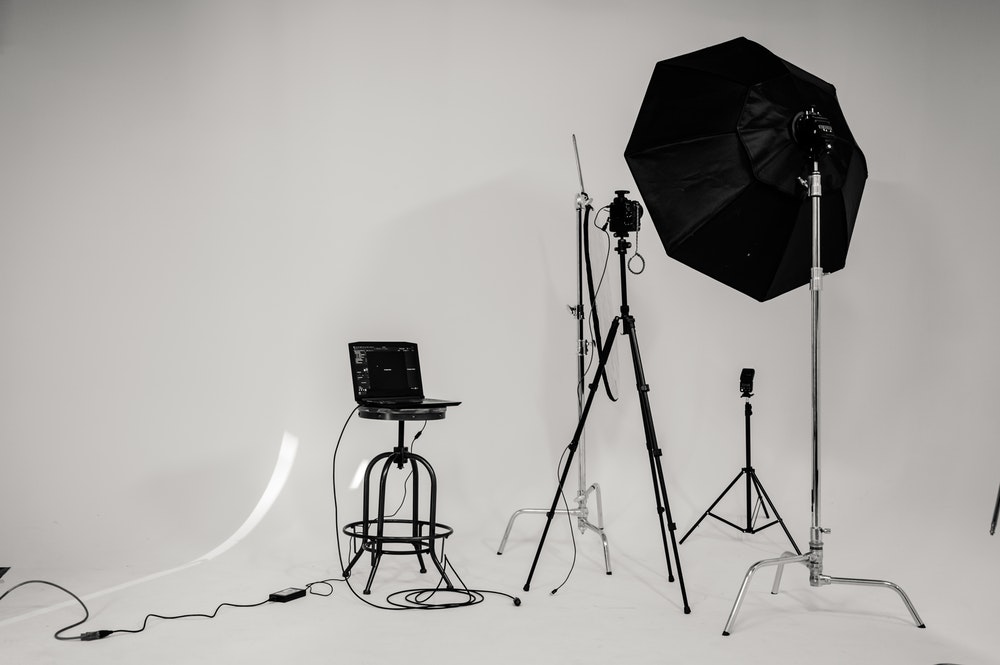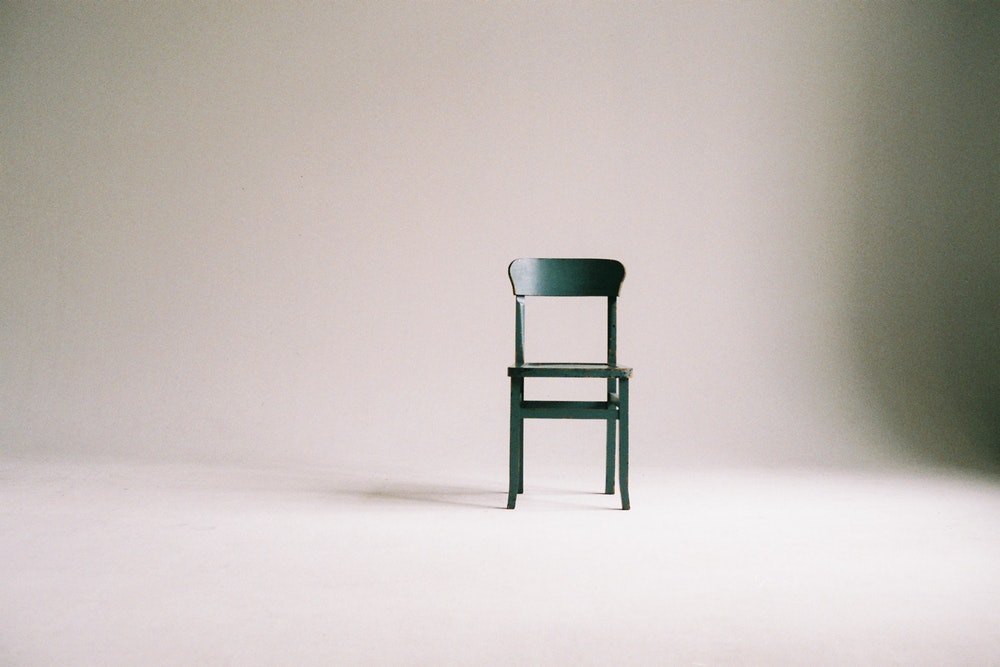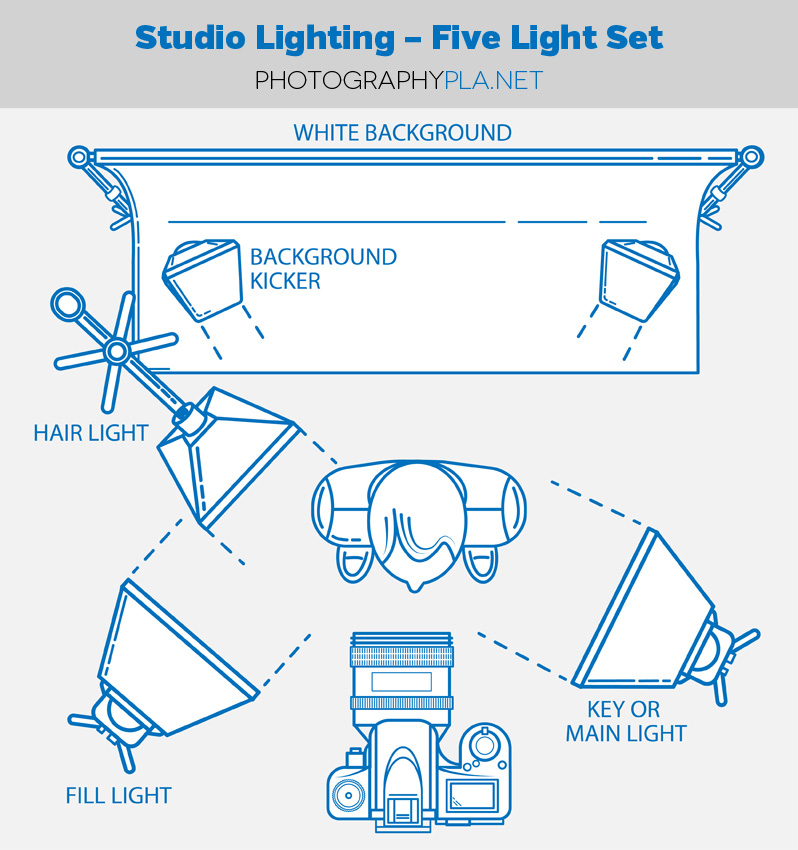Different Types of Photo Studio Lighting

As we all know, photography is all about light. No matter how expensive and advanced the camera you have, we need the right light to get the proper results. There are two types of light that we can use in photography. That is natural light and artificial light.
Natural light can be controlled by choosing the right time of day or right location. It can be further enhanced in post processing workflow. However, when you are shooting in the studio, you have to embrace artificial lighting, which can be quite a tough task in itself.
In this article, we are going to talk about several photo studio lighting types that will help you get better results.
When it comes to studio photography, there are a lot of things to be learned if you want the best results from the camera. If you want to know more about photo studio lighting, here are some essential types that would be of great help to you.
The key light
This is the most important photo studio lighting when it comes to artificial lights. No matter how many lights you have installed in the room, a key light always serves as the best most important one among them. The key light is the main light source when you are shooting photos indoors.
Speaking of the position to place it, the key light is always facing the subject. While positioning this light in front of the subject, you should keep in mind that you are placing it right in the middle. Make sure the key light is slightly towards one side for best results.

Separation light
This light is often called the hair light in many cases. It is used to focus on a specific part of the subject. This light got the common name of a hair light only because it is used to highlight the hair while shooting a human subject. You can recognise the use of this light in various situations.
Any light that is placed in front can’t cover the whole subject. And when the subject appears dark from above, this is going to be really embarrassing. So, you can avoid such embarrassment by using the hair light. Don’t think that separation light can be used only to highlight the hair, you can use it in several situations to highlight different parts of the subject.
While using this light, you should keep in mind that the light should be at a certain distance from the subject. If the light is too close, the light beam becomes narrow and looks bad. So, try to maintain a certain distance for a perfect warm effect.
Fill light
This is another important category of light that comes into play in the process of indoor photography. This is a photo studio lighting that is used with the key light. The key light is often very bright which means it will cast intense shadows.
Shadows are often considered necessary in many situations as they give a dimension to the photo. However, in most situations, the intensity of the shadow needs to be under control. However, you can use this creatively, for example in monochrome photography to create interesting effects.
And the fill light is the only thing that can keep the shadow in check. So, the fill light is used as a compliment with the key light. While using the fill light, make sure that your fill light is not as bright as the key light.
In such a situation, even the required shadows will vanish. And that would make your photo look like a static 2-dimensional representation. A photo devoid of depth can never be cool.

Background light
This is a point where most people miss out. The background light is one of the most underrated lights when it comes to photo studio lighting. There are several occasions when you place a lot of lights to focus on the subject and don’t care about the background.
Then, what you get as a result is a very dark background that is no longer visible. If you are familiar with the concepts of photography, you must be aware that the background contributes a lot to the quality of the photo.
You can cope with situations like this using background lights. The options that you can choose from are enormous however choosing the right one depends a lot on your overall lighting setup.
Choose the background light that is very not as bright as the key light. This is because we don’t want the shadows to completely vanish from the photo.
Some other essential points to consider
Now that you are aware of the types of studio lighting, it is time to know about some other things as well. First, we want to talk about the flash. Though flash is considered as a part of the camera it is also a type of artificial light.
Proper usage of an external flash can have dramatic effects on the photo. Most of the time when you are involved in indoor photography, the flashlights that hit the subject directly add too much light to the subject. Such an effect is not very pleasing. You can avoid it by proper usage of flashlight diffusers.
There are several types of flashlight diffusers available in the market that you can choose from. In case the ceiling of your studio is not too high, you can point the flash towards the ceiling. It would diffuse the light very evenly on the subject giving you some really nice warm effect.

Five light setup diagram (Source)
Photographers! Earn a $200 Sign up Bonus... |
|---|
Interested? Sign-up here(more details) |
Final thoughts
We have talked about different types of photo studio lighting. We hope this article was helpful in letting you decide the best lighting arrangement inside your studio. There are a lot of things that you have to care about while choosing the lights for indoor photography.
You can never find a set of ready-made tips for a perfect arrangement. There are a lot of things that you have to learn and consider in order to reach the final perfect conclusion.
About the Author
Kara Terry is a Perth based writer and photographer who recently joined the Stockphoto.com team as Contributor Account Manager. Kara enjoys swimming and movies.


